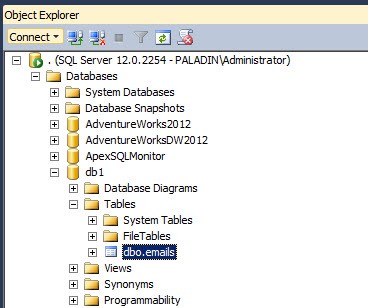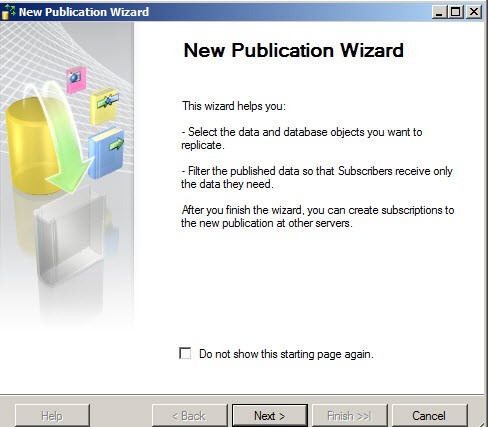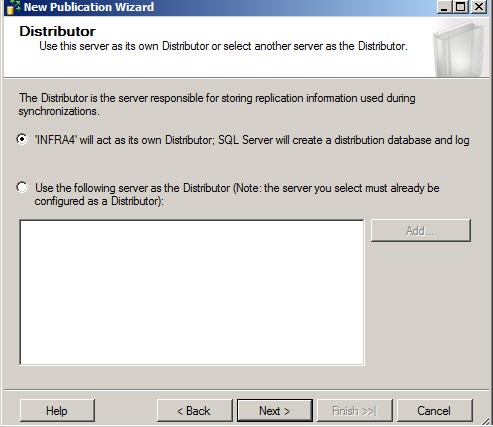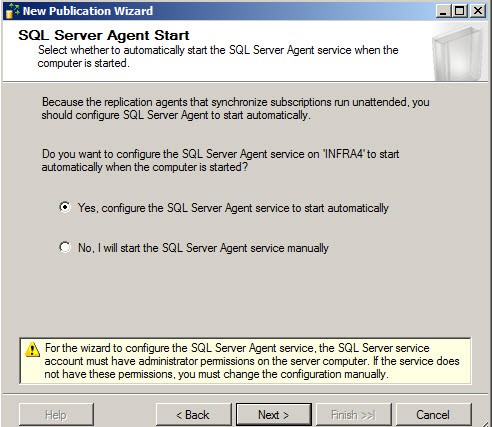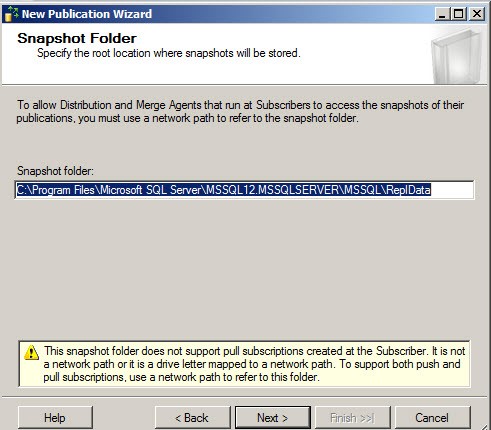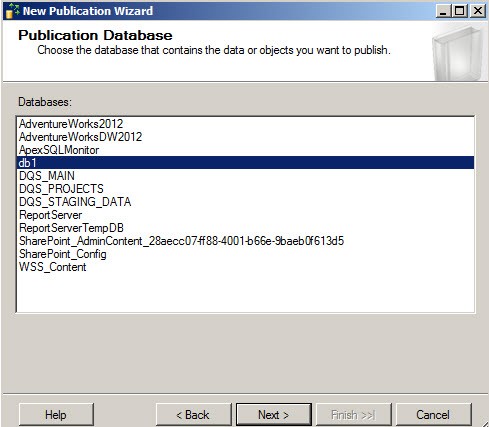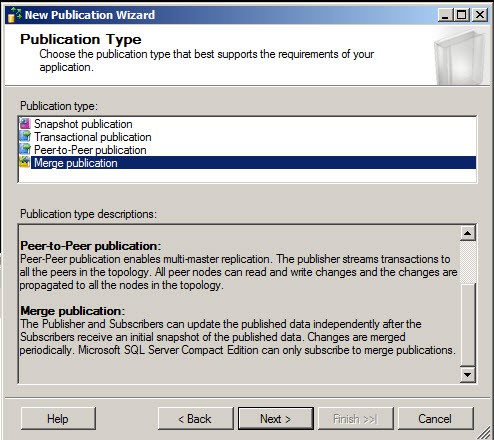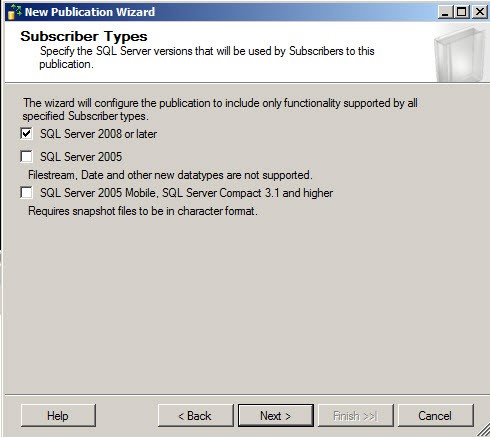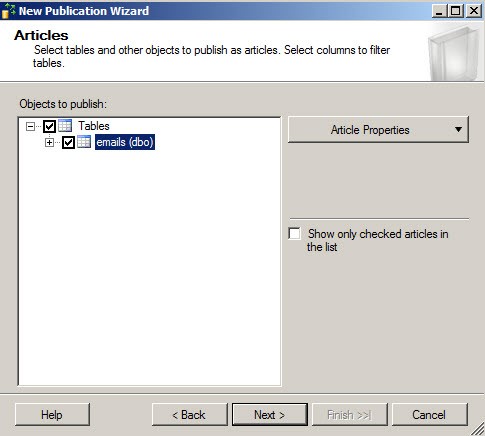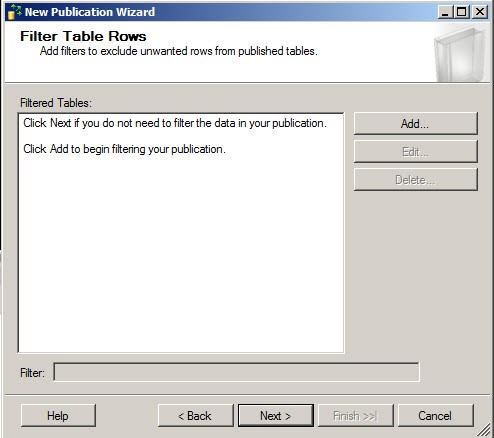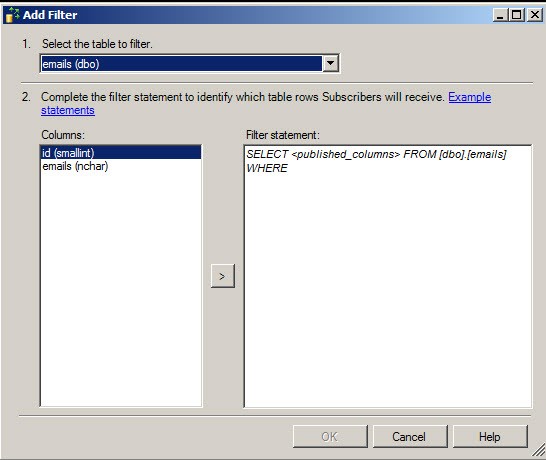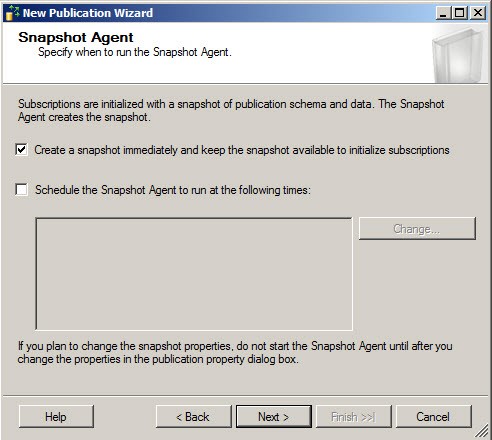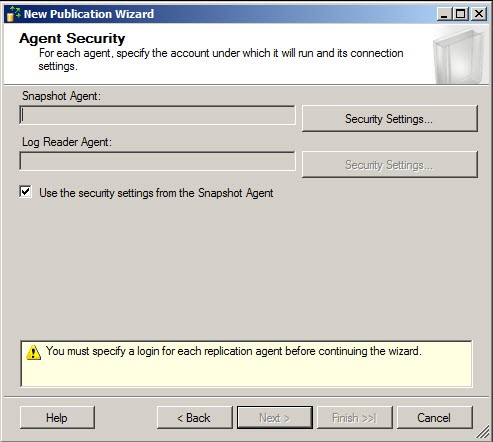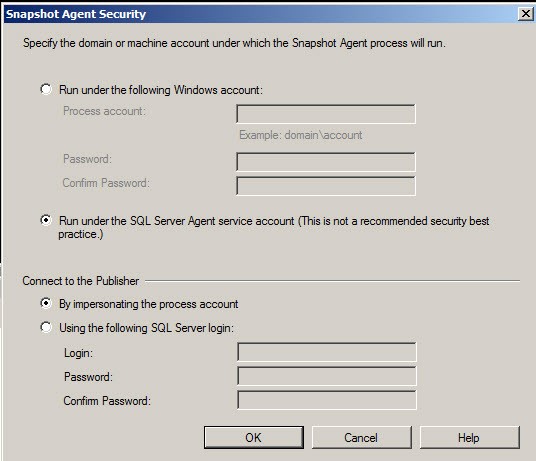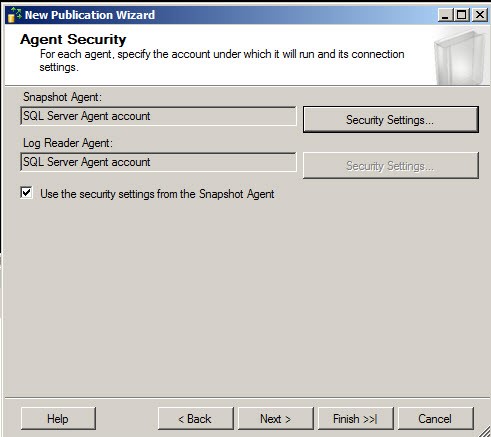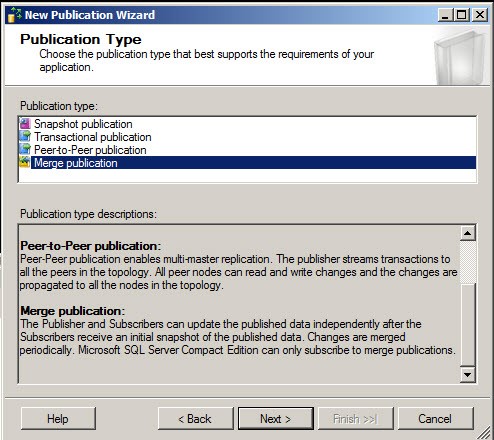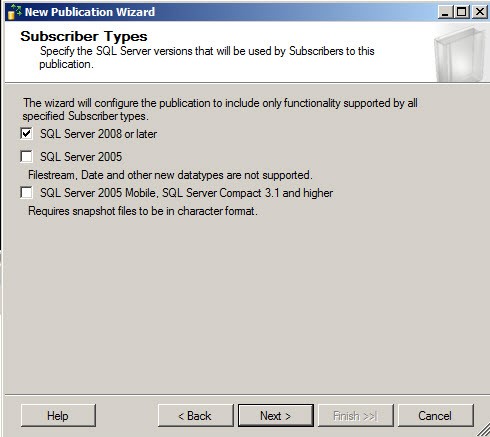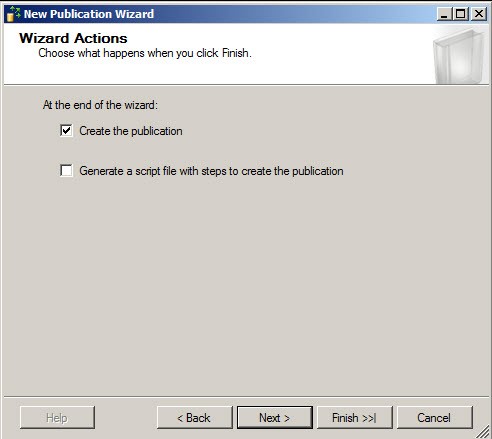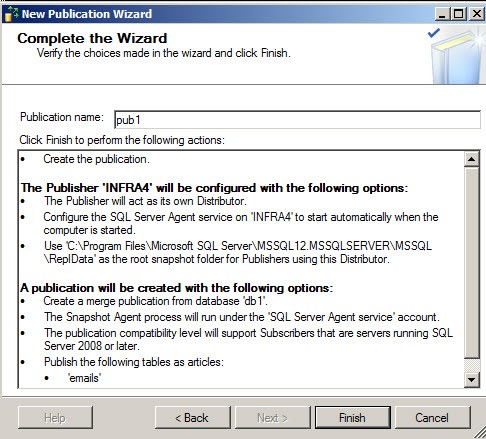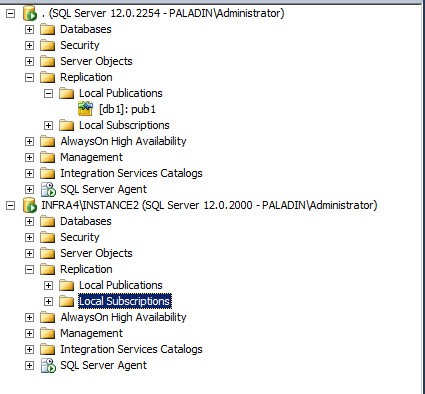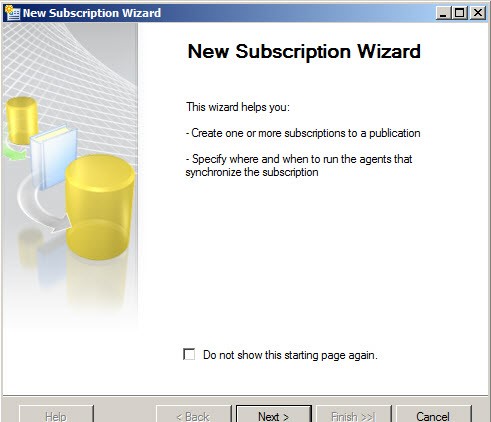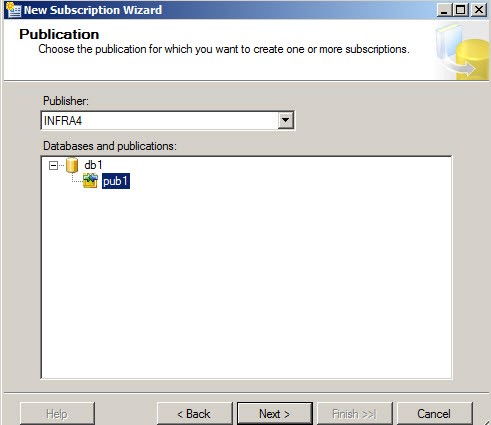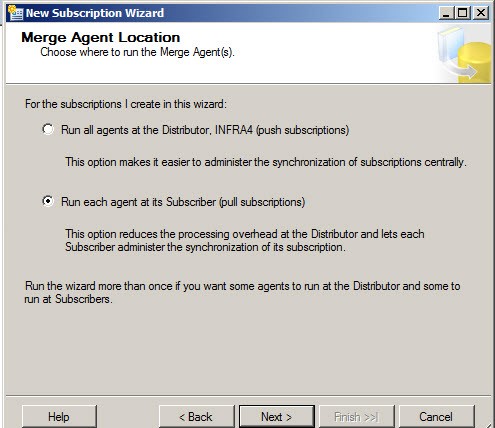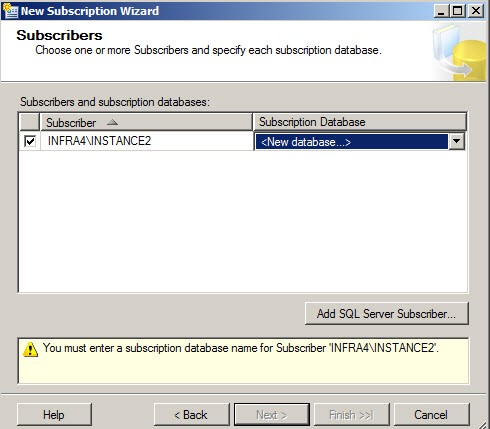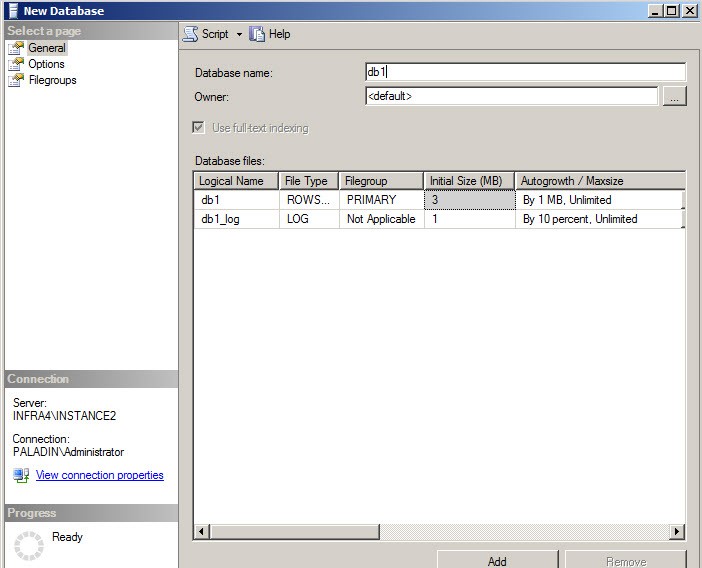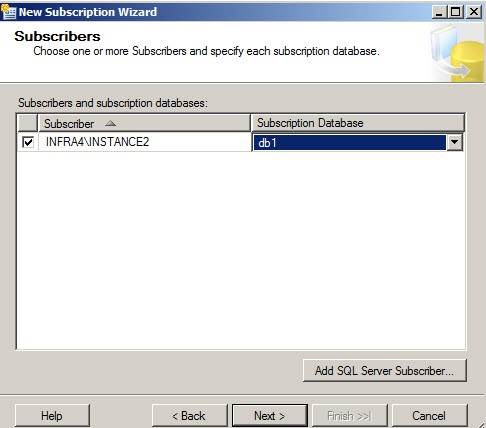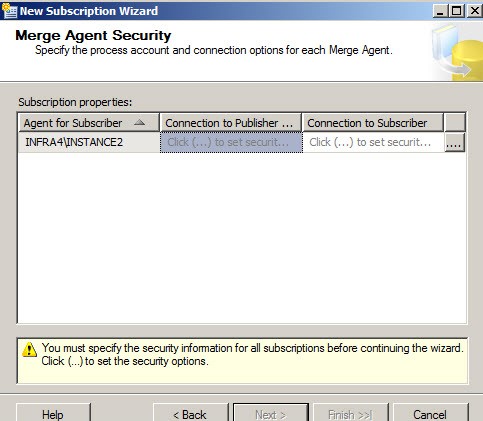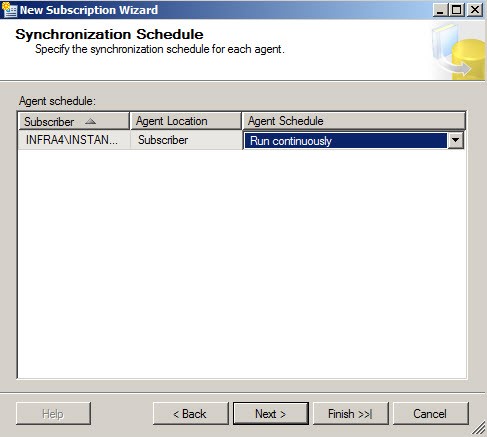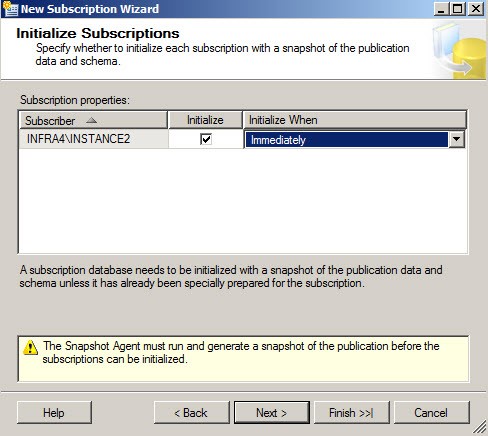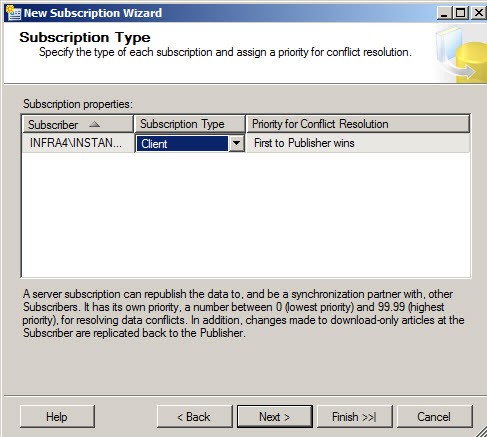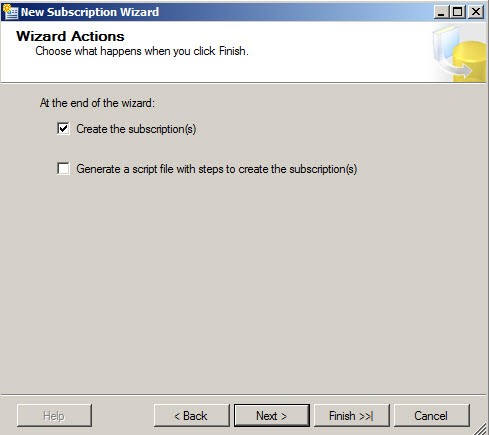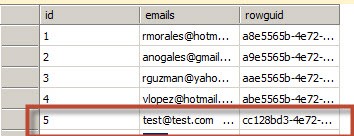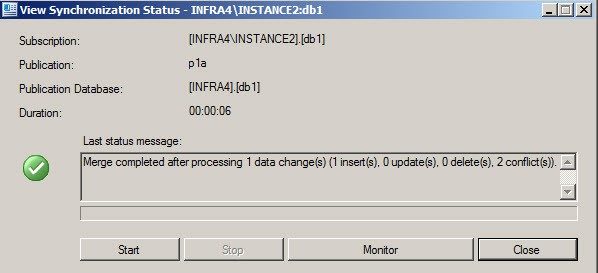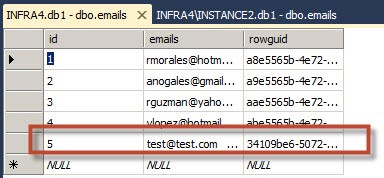Introduction
This article is for people who need to replicate the SQL Server Databases. SQL Server includes several types of replications to synchronize the databases across different SQL Servers.
Sometimes we need to replicate the data to have a Backup. Sometimes we need to synchronize Servers that are located in different cities or countries.
In this article, we will introduce you to the SQL Server Replication Theory and then we will show a step-by-step tutorial to replicate a Table using the Merge replication.
Types of Replications
In SQL Server, the main types of replication are SQL:
- Snapshot
- Merge
- Transactional
You also have the Heterogeneous Replication with Oracle, which is out of the scope of this article.
Roles in replication
There are three roles in a replication:
- The Publisher is the SQL Server, which publishes the information to replicate (usually tables).
- The Distributor is the SQL Server that distributes de information in each Subscriber. The distributor can be installed at the Publisher, in the Subscriber or in a separate SQL Server.
- The Subscriber is the SQL Server that receives the information Published.
Snapshot Replication
The snapshots replicates the complete table or tables selected in the Snapshot replication process. When the snapshot replication is applied, the entire snapshot is replicated.
Transactional Replication
In the transactional method, one of the SQL Servers is the publisher, which publishes the tables or objects to replicate, and the other is the subscriber (or the subscribers if multiple SQL Servers are being replicated).
Merge Replication
For the first time, a snapshot is used to replicate the information and after that, all the data and schema is replicated every time is changed using triggers.
Prerequisites
- Two SQL Server or at least two SQL Server instances.
- Make sure that the SQL Server Agent Account is running under a common account for both Servers.
- A table to be replicated.
Getting started
In the SQL Server Management Studio (SSMS), open the node of the SQL Server with the table to be published. In this example, we are going to publish a table named emails installed in the DB1 database.

Figure 1In the Replication Node right click on the Local Publication and select New Publication.

Figure 2In the new publication Window, press Next.

Figure 3Select the Server that will be used as a distributor. In this example, the Publisher and the Distributor will be the same Server,

Figure 4You can optionally configure if you want the Agent to start automatically. This is recommended if you constantly require synchronization between SQL Servers.

Figure 5All the replication types require a Snapshot. The Snapshot Folder allows you to specify the Path where the folder will be published.

Figure 6Select the Database where you have the information to be published.

Figure 7Select the Replication type

Figure 8Specify the SQL Server version of the Subscriber.

Figure 8aSelect the tables or tables to Replicate.

Figure 9You can optionally add filters to Rows or Columns. This is common when you have some internal information that you do not want to replicate. Press Add if you want to add filters.

Figure 10In the Filter statement you can configure the T-SQL Sentences to filter the columns or to restrict the rows usually with a where clause.

Figure 11You can create the snapshot immediately or Schedule at a specific time.

Figure 12With the Security Settings button, you will specify the account under which the connection will run.

Figure 13You can run under a specific account, impersonate the process Account, use a SQL Server Login.

Figure 14Once selected the security settings press Next.

Figure 15Select a publication type. In this example, Merge Replication.

Select the version of the SQL Server Subscriber.

Create the publication and press Next.

Figure 16Specify a name for the Publication and press Finish.

Figure 17If you open the SQL Server, you will be able to see a publication named db1: pub1.

Figure 18In the other server used as a Subscribers, go to Replication>Local Subscription and select New Subscriptions.

Figure 19In the New Subscription Wizard, press Next.

Figure 20Select the Publisher Server where you published the article.

Figure 21You can select where you want the Merge Agent to run. It can run at the Distributor or at each subscriber.

Figure 22At the subscriber database, you can create a new database to be used as the database subscriber to receive the data replicated.

Figure 23Create a Database with the same name that the database used as the publisher.
You can choose the subscribers and the subscription database. Press Next.

Figure 25Click in the ellipsis button to specify the security accounts.

Figure 26You can specify the Schedule for the Synchronization.

Figure 27You have to Schedule when you want to initialize the replication with the snapshot publication.

Figure 28You also need to specify the type of subscription

Figure 29Finally, create the subscription.

Figure 30If everything is OK, add a new row to the table replicated at the publisher.

Figure 31At the publisher, go to Replication>Local Publication and select the article. Right click and select View Synchronization Status.

Figure 32If you want to merge inmediately, press the start button. You will check that 1 insert is detected

Figure 33If everything is OK, you will be able to check the replication at the subscriber. Your replication is now ready!

Figure 34
Conclusion
As you can see, replicating a database is a straightforward process. You can replicate any database that you want anytime. In this article, we teach the basis of the replication, the replication types, roles and finally, we show how to create a Merge Replication.
- PostgreSQL tutorial to create a user - November 12, 2023
- PostgreSQL Tutorial for beginners - April 6, 2023
- PSQL stored procedures overview and examples - February 14, 2023

